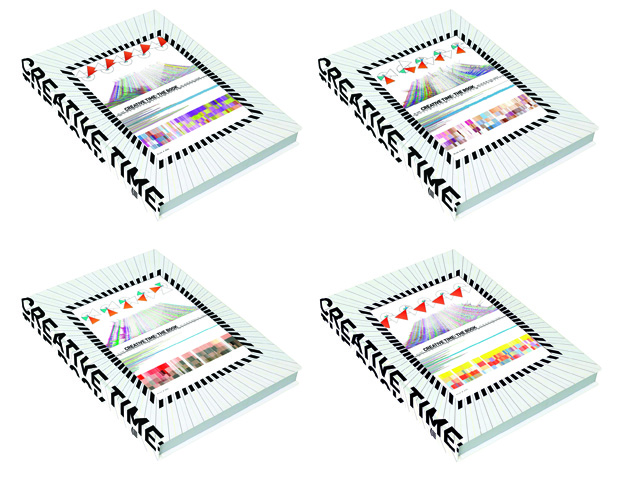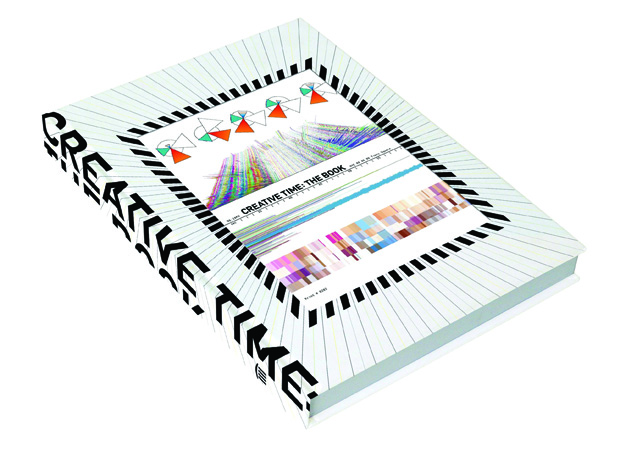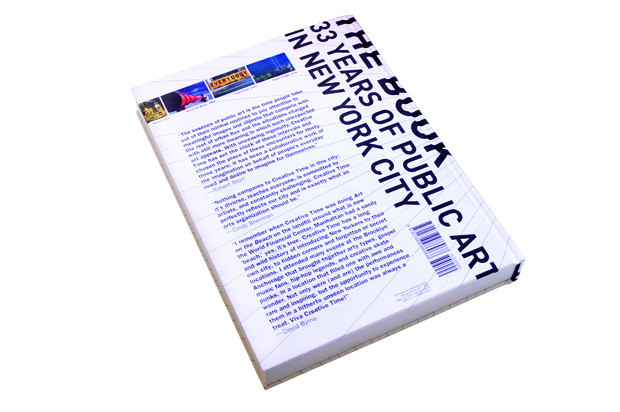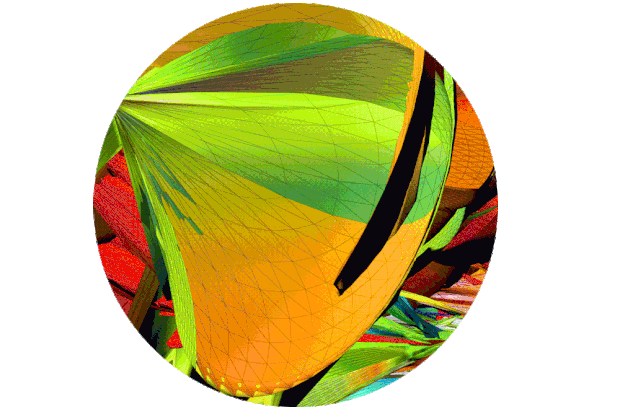Anyone following graphic design over the last decade will know Karlssonwilker's power-charged output. But what of the personalities behind the studio? We meet Mr Karlsson and Mr Wilker...
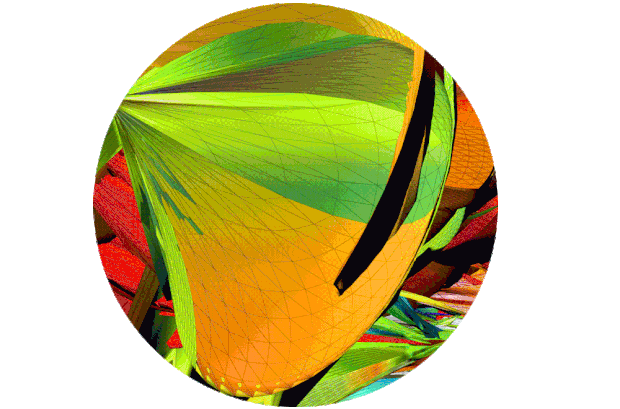
There's a sign at the top of the stairs of a New York design studio that bears the legend “One in four immigrants will be deported, Karlssonwilker is not hiring”. Welcome to the idiosyncratic world of Hjalti Karlsson and Jan Wilker, two immigrants to New York from Iceland and Germany respectively, that were not deported and were therefore able to write such a sign. Karlssonwilker also tend to hire graphic design migrants from Europe, as is their wont.
Karlssonwilker's approach is peppered with such moments; punkish, absurd, self-deprecating, comic and irreverent. When asked to create a studio portrait for an Icelandic magazine The Reykjavik Grapevine, they crafted a headshot of Karlsson with Wilker encased in an earring on Karlsson's lobe, before settling on a picture of themselves sprawled on the pavement in drunken paparazzi-ed poses. Their cover for Creative Review in 2008 declared “Karlssonwilker is on the cover and you are not.” Lesser mortals might come across like triflers and goons, peddling self conscious 'antics' for career-decapitating shits and giggles. There are plenty of giggles but these are no shits.
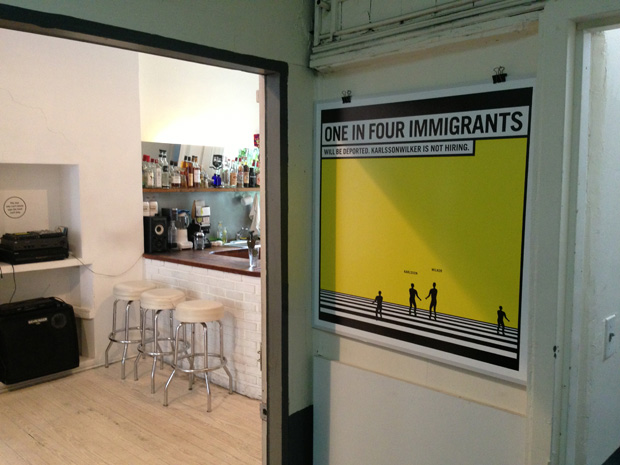
I had been to the Karlssonwilker studio, between Chelsea and the West Village before, to meet Nicole Jacek, a previous intern-turned-creative director for the studio, but this was my first visit to interview the namesakes above the door. The building appears to be saturated with designers — Paul Sahre on the floor above, Frank de Rose of ZutAlors.Inc (also a past intern of Karlssonwilker) on another floor, all ensconced above the Dunkin Donuts and the traffic on Sixth Avenue. New York seems to evolve around moods and feelings, excitement, surprises, stunts, taunts, risks and quick changes... Karlsson and Wilker's passage to the New World is fairly well documented — according to them, a mix of failure and pilgrimage; Karlsson failing to get into college in his home country and ending up at Parsons in New York, and Wilker on a pilgrimage to intern for Stefan Sagmeister, where he met Karlsson who was already installed as a designer.
It's not that much of a stretch to think of Hjalti Karlsson and Jan Wilker as past employees of Stefan Sagmeister; they share the same obsessional strength of character, with bold statements and they live life as one great performance, both with effortless charm and a twinkle in the eye. They've also taken the 'eye test’, two-tone, graphic style and run with it, although their website reaches retina scorching levels, with jagged colour and twisting gifs. Their output has diverged considerably from their alma-pater Sagmeister and today, although they speak of their time as interns fondly, they've definitely struck out and continued a lineage in brassy design and cultural entertainment 'shtick' of their own.
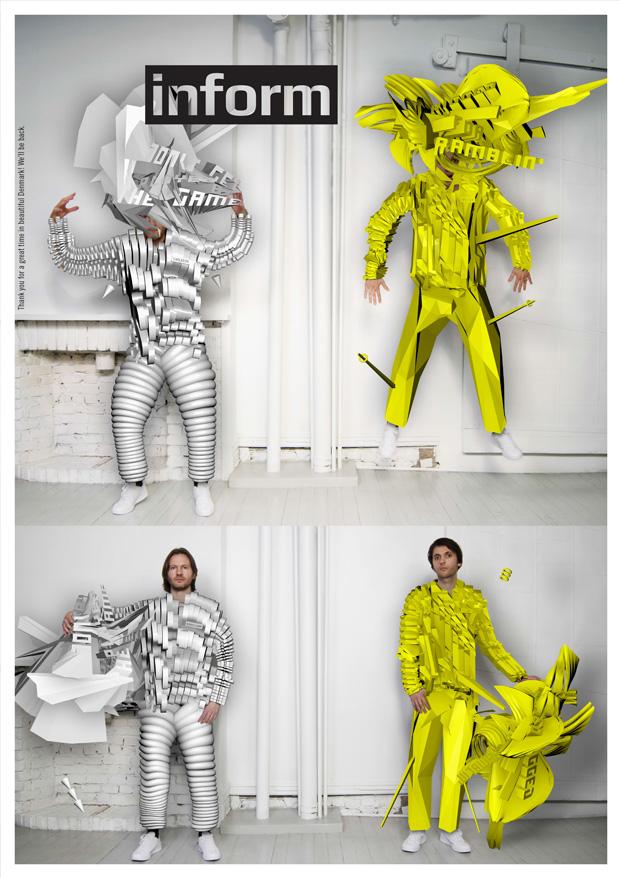
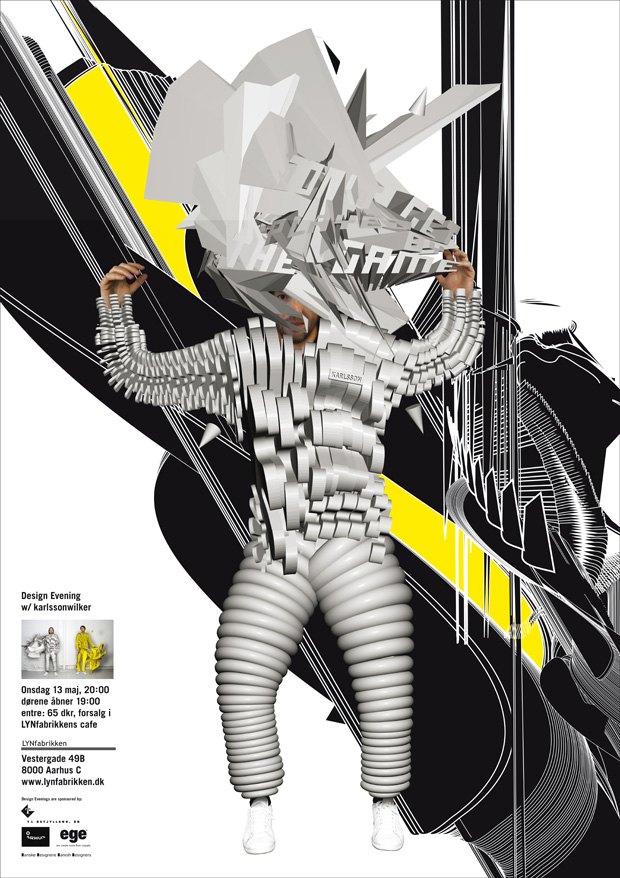
What of design as entertainment? “New York seems to evolve around moods and feelings, excitement, surprises, stunts, taunts, risks and quick changes; and a good word for that I think would be entertainment,” says Wilker, “but I think there are these two sides to us; we have a European rigorous conceptual approach alongside a more transient and relaxed American spirit".
Their fourteen years together as a studio have been punctuated by several tours on 'real-time design' projects, firstly in 2005 with Twelve Days in Serbia, a trip to Belgrade to make a calendar with Publikum Publishers, followed by Ten Days in South Africa in 2007 for Interactive Africa, and Twelve Days in Jerusalem for the Israel Museum’s department of architecture and design. These design adventures, where Karlsson and Wilker lived out their design process on film and through workshops and performance, provides real insight into the pair’s unfiltered, unfettered and unconventional design practice. Watching their arrival in Belgrade on video is akin to watching a presidential arrival — groups of school children sing traditional songs and recite Icelandic and German poetry whilst Karlsson and Wilker look on with benevolent aplomb, revelling in the cute absurdity of it all.
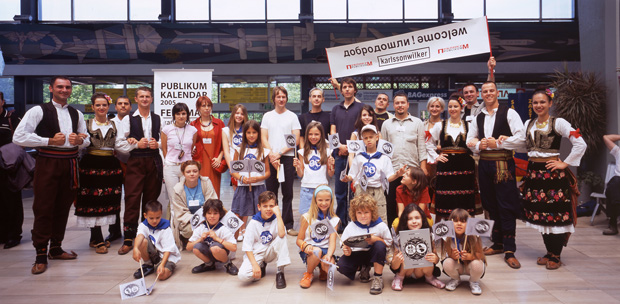
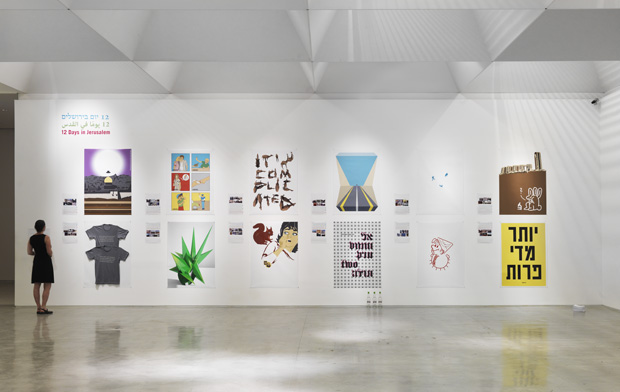
A testament to their skills as entertainers, the studio were recruited by BMW, makers of the MINI Coupé, in 2011 to document themselves on European road trip on the Another Day, Another Adventure campaign for the car brand. The brief for the twelve-day cultural road trip of 1,900 miles from Munich to Istanbul was to 'gauge the cultural pulse’ and film-maker Alfred Nrecaj was sent along to document the resulting mayhem.
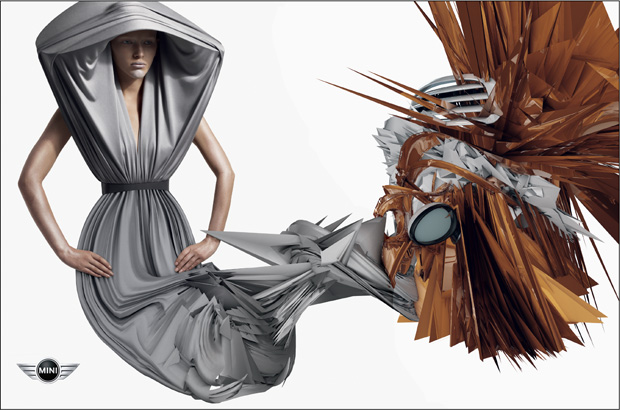
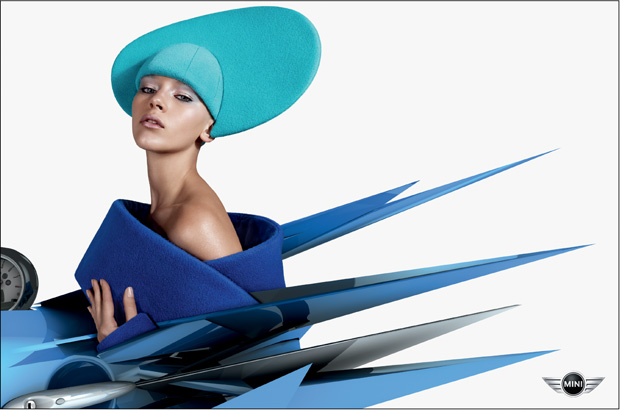
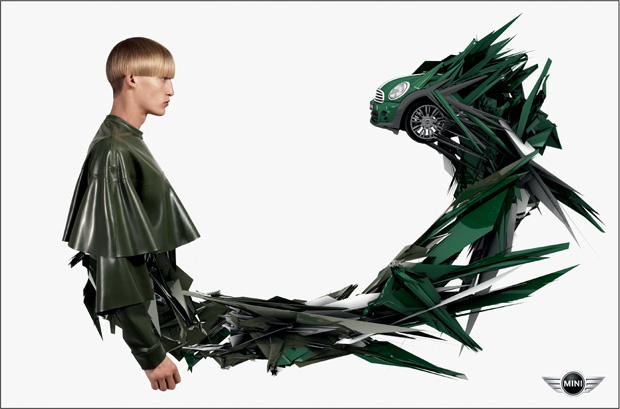
“The brief was to drive through Europe, meet cool people and create a short clip every day,” explains Nrecaj. “One memorable moment was when we got invited to perform onstage at the birthday party of a local fashion designer in Budapest. We had planned that Hjalti was going to do some live graphic design on his Mac, which was connected to a projector. Jan was playing a synthesiser on his ipad and I was supposed to sing.” An accident waiting to happen, and it did: after several false starts due to technical problems and Wilker's disturbingly focused insistence on repeating the exact same spoken intro each time, the group finally started up with Wilker consistently hitting the wrong key and Nrecaj failing to woo the crowd with his singing.
Barring this comic and brilliantly shambolic performance, Karlssonwilker can not be pigeonholed as a sideshow. Their portfolio reveals the ‘conceptual rigor and tight system’ with clients from Time Magazine to Nintendo, The Rockefeller Foundation to Al Gore.
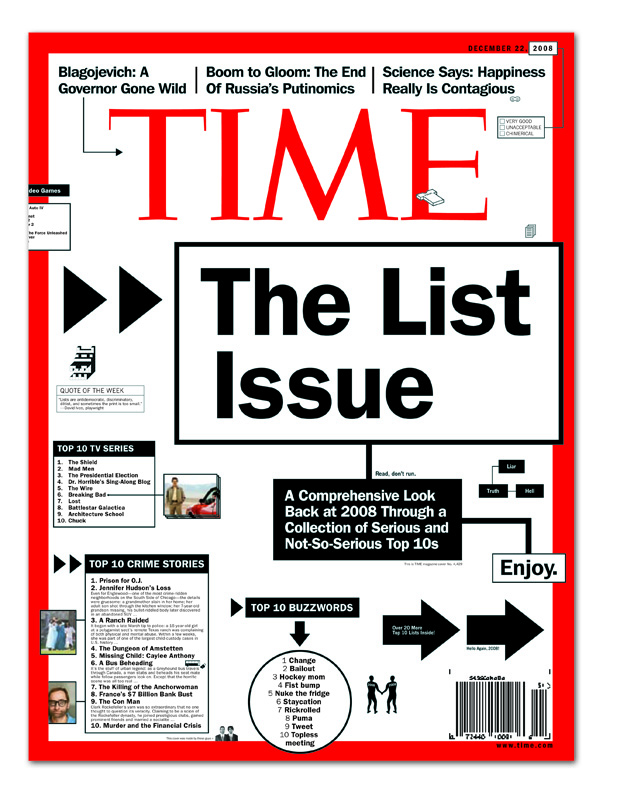
One notable entry into the studio annals was the graphics style guide for much lauded re-design of Bloomberg BusinessWeek in 2011. Under the new creative directorship of Richard Turley and design directorship of Cynthia Hoffman, the studio was tasked with creating the rules of design combat: sitting in with the new in-house graphics team to co-produce the weekly infographics and put together the graphics style guide.
“We used to do a lot of faux infographics when we started the studio, to express the overwhelming nature of trying to run a design studio, and life in general, I guess,” explains Karlsson. “So we quite naturally ended up subverting a style that stands for a systematic approach and filled it with irreverence, the thoughts of two young designers not really knowing what they’re doing, where they’re going, but enjoying the way. That we went from pseudo-infographics to full-on infographics is funny to me now; [our work] didn’t focus on graphs and charts, and the Business Week project is one of very few infographics projects we’ve done.”
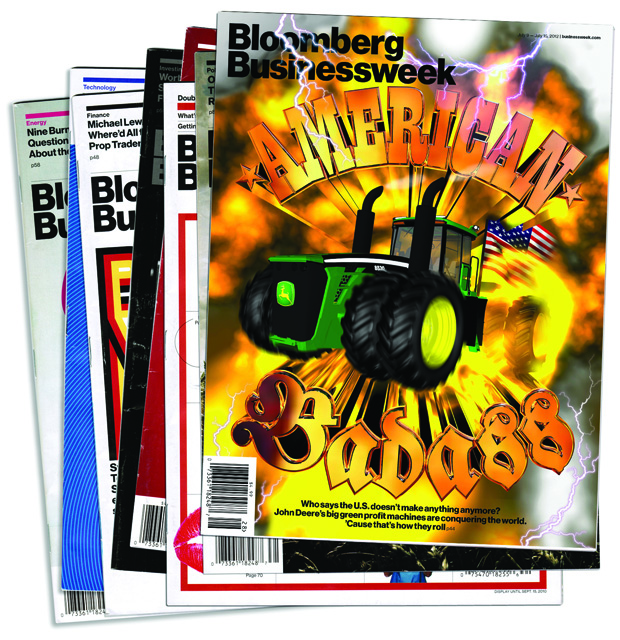
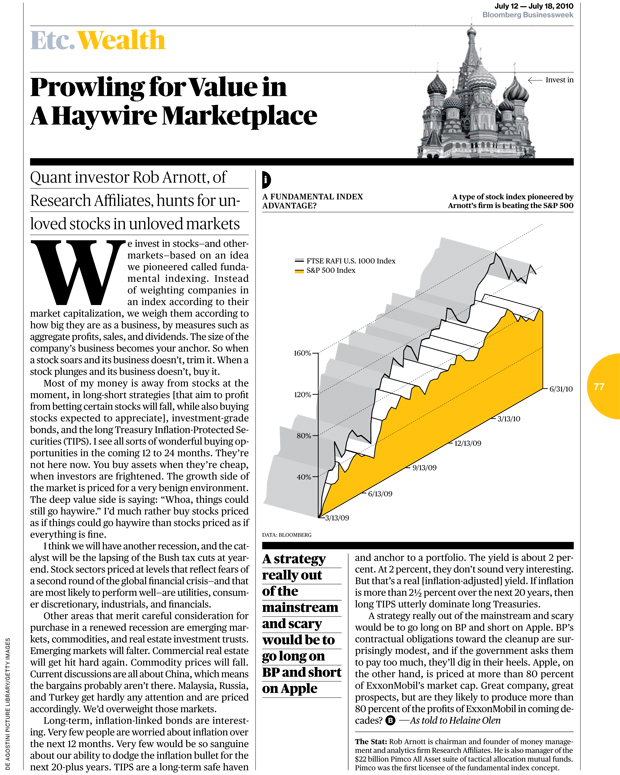
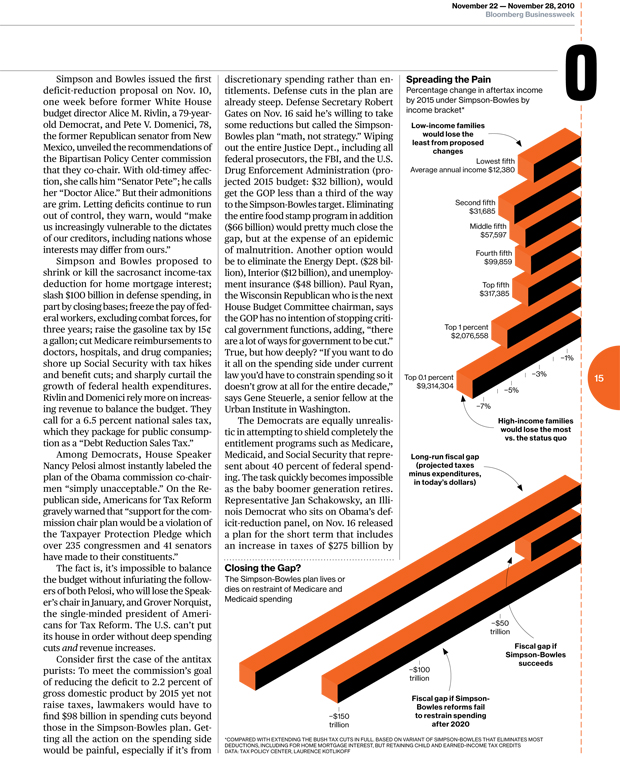
Another client that has witnessed the impact on creativity levels of the Karlssonwilker effect is Wolf-Gordon, an interior design and textiles company based in New York, Chicago and Los Angeles. Marybeth Shaw, Chief Creative Officer of Wolf-Gordon, who had previously employed Stefan Sagmeister on an advertising campaign in 2002, needed a 3-D representation of the company's new product line for the slightly alarming sounding NeoCon exhibition (National Exposition of Contract Furnishings), the largest commercial design show in the US, in 2011.
“Being familiar with Karlssonwilker’s graphic vocabulary, I knew they would be perfect for the assignment,” says Shaw. “The project needed an energetic, explosive, expansive quality, and signifiers of change for the brand”. The result was a sculptural form suspended over the venue and an advertising campaign of jagged crystalised forms.
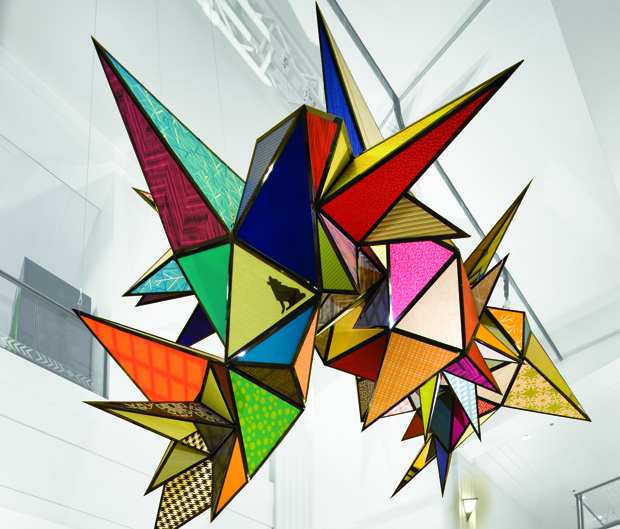
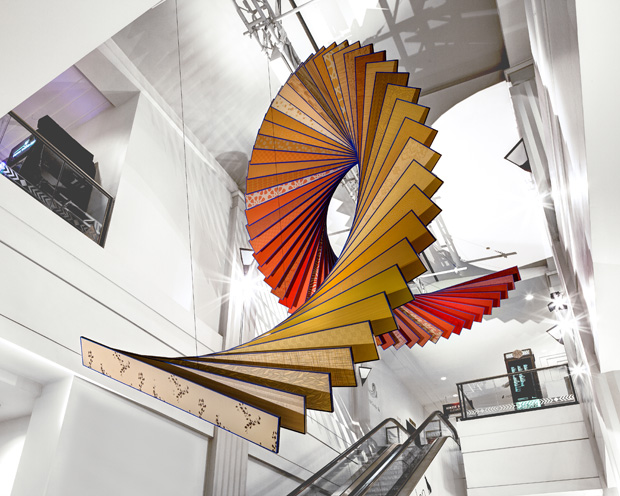
If we were safe… could we honestly ask our clients to be risky? The question of the working relationship between the studio and Wolf-Gordon, brings a heart-warming appraisal from Shaw. “Hjalti, Jan and I have what I would consider to be a very close designer-client relationship. I consider them full partners in design at Wolf-Gordon. They’re really smart, warm, generous people in a very casual, unpretentious, laid-back packaging”.
Speaking of their relationship with clients, Karlsson says, “I remember from our early days, we had an attitude that was focused on design only, meaning the interaction between us and the client was [in our minds] perfect when it was non-existent. This rather arrogant way of doing things slowly morphed into inviting the client to become an important collaborator. So while some early work might have looked 'kick-ass' to us, we know now that for a client who needs more than visual fireworks, it's a good idea to listen. I feel like we have a good balance these days”.
Karlssonwilker are a high octane pair — for them, the twin acts of performance and 'at desk' work are intertwined. According to Karlsson, their stunts are like a practice stage: “if we were safe… could we honestly ask our clients to be risky?” he explains.
